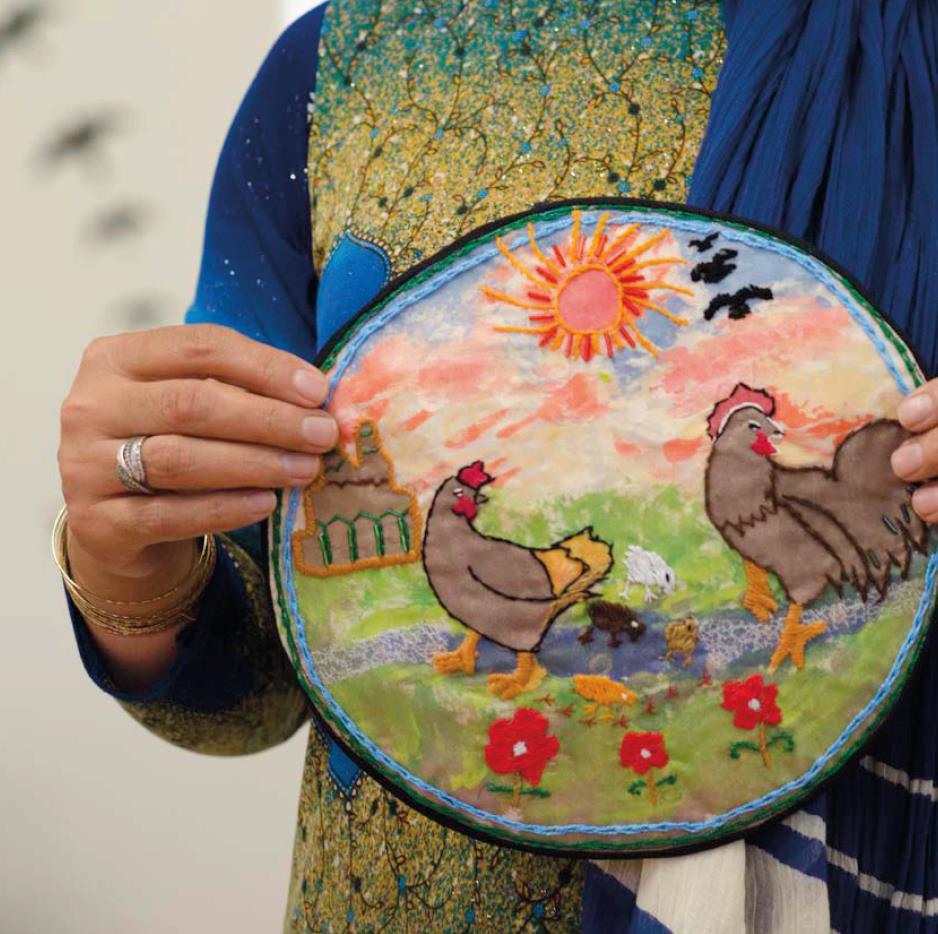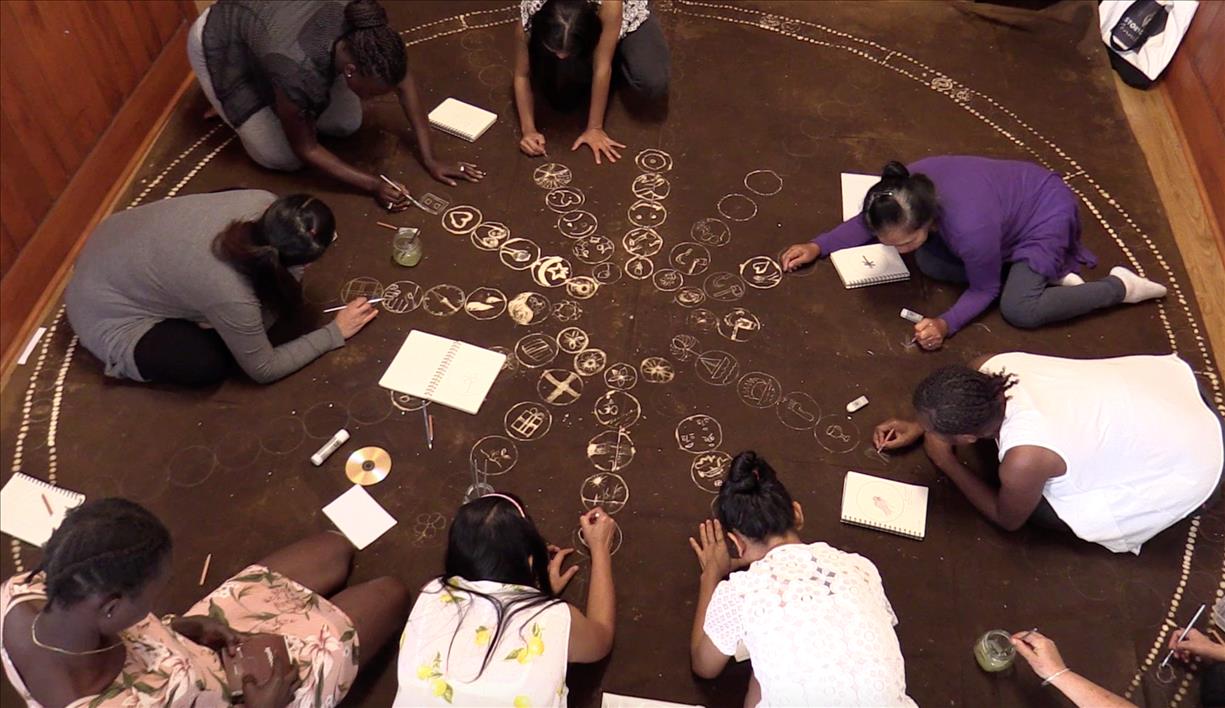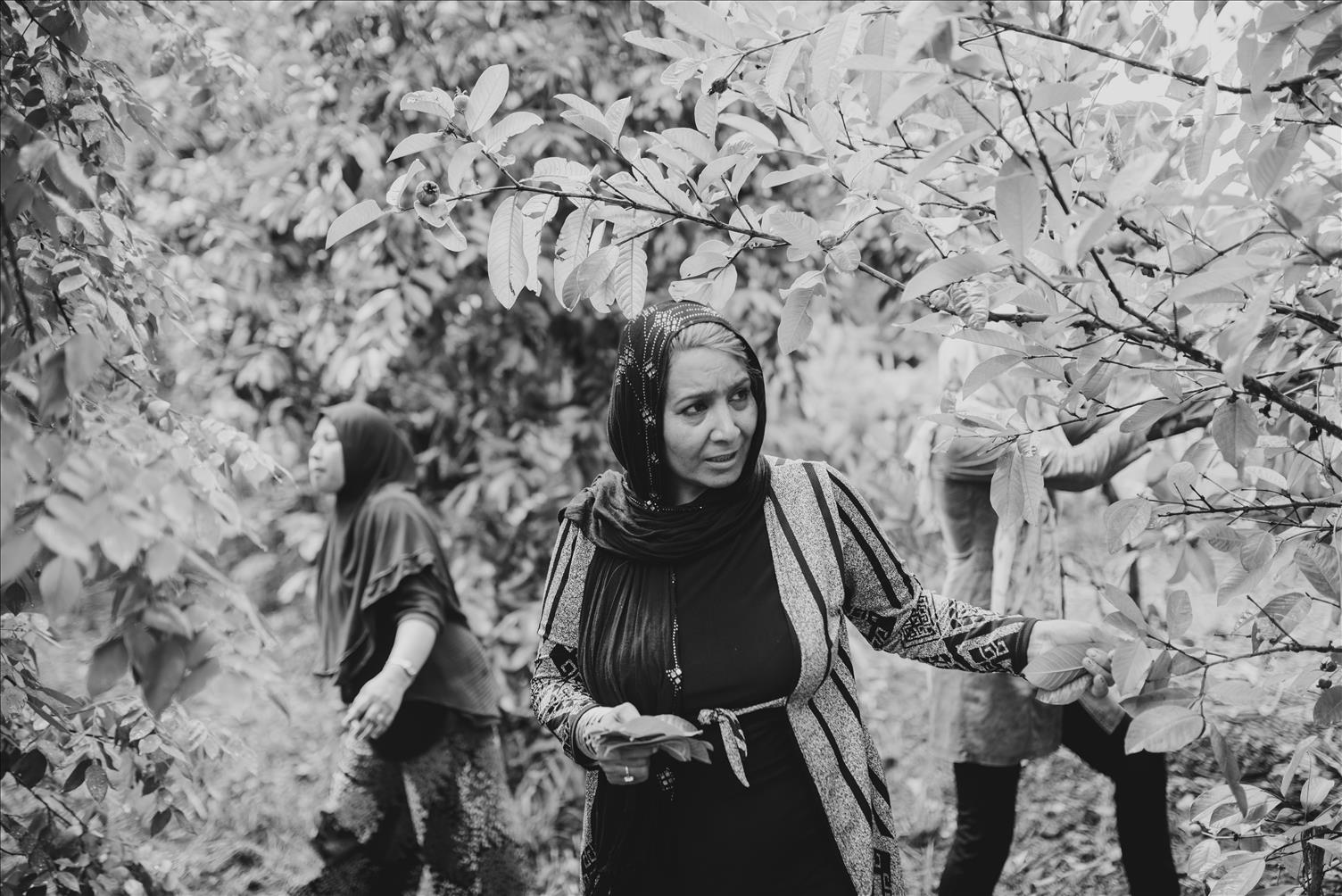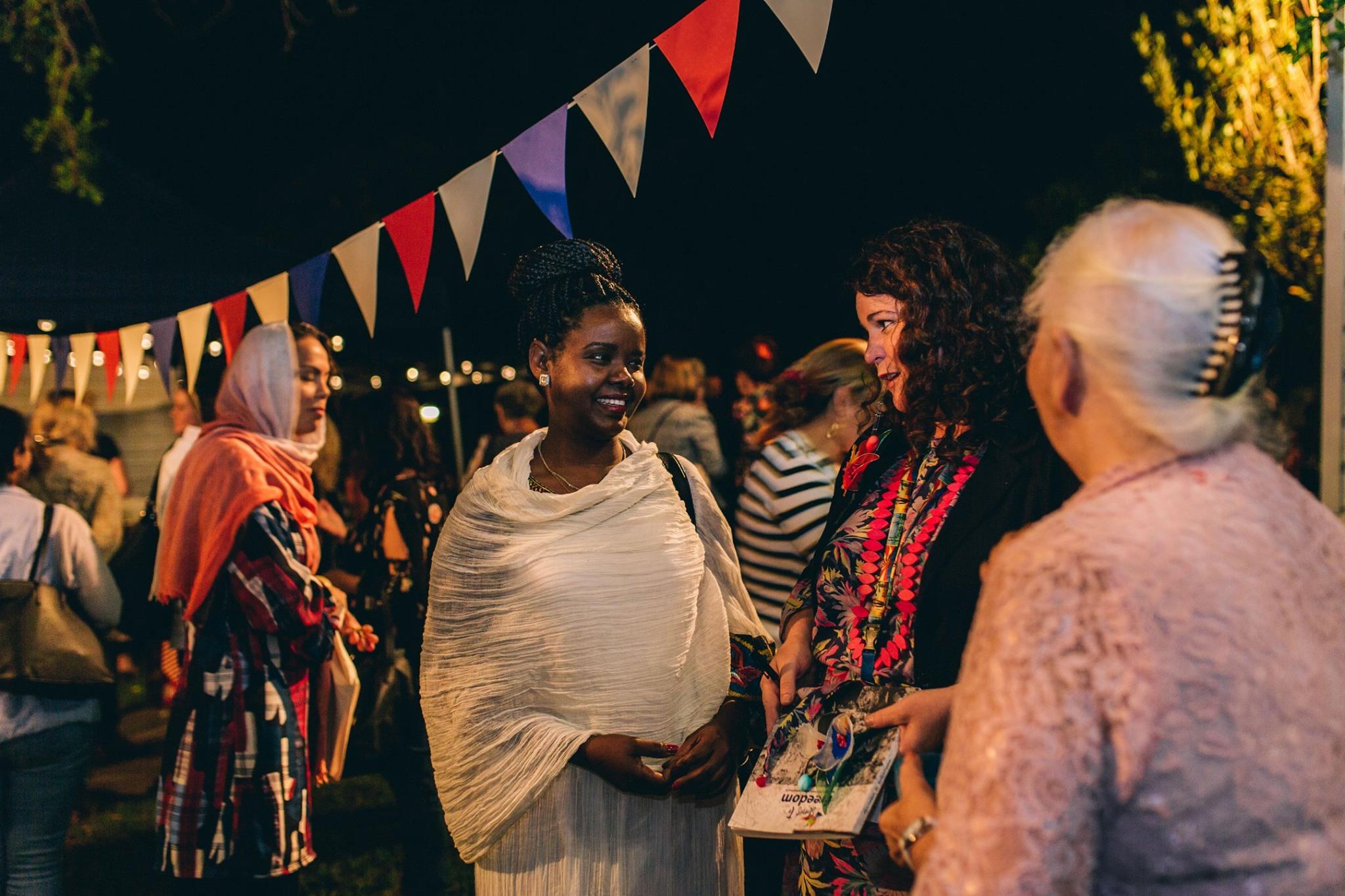Author:
Barbara Rugendyke
(MENAFN- The Conversation) Women from Afghanistan, Myanmar, Syria, Iraq and other countries are settling in regional Australian communities . Adjusting to life in a new home involves facing many challenges — but finding a sense of belonging can help the settlement process.
For those who have experienced trauma, including women from refugee backgrounds, creative arts can enhance well-being , improve social connections and promote a sense of belonging. Connecting through creativity also builds bridges , addressing fears of newcomers and communities around refugee settlement.
In our recent study , we looked at the experiences of refugee and migrant women in regional Australia, as they shared their work in community art exhibitions. We wanted to learn about the different benefits engaging in creative arts can provide for newcomers as they navigate their new lives.

The workshops both harnessed existing skills, and developed new skills. pointshineshoot/Anglicare North Coast, Author provided The research collaboration with Anglicare Northcoast's Three Es to Freedom program focused on fostering community connections to enhance social inclusion and achieve personal goals. Established in 2016, the program has supported 142 women from 36 countries. In the creative arm of the program, women undertook workshops with local community artists, harnessing existing skills and developing new ones.
At exhibitions in Coffs Harbour and Lismore in northern NSW, and the Gold Coast, women exhibited stories, textile works and installations alongside photographs of themselves.
Enhancing well-being and confidence
The therapeutic value of creative arts practice, especially for refugees , is well known. Art can provide a means of self-expression and advocacy, and promote good feelings, especially for those who have experienced trauma.
Read more: A clearer view on the healing power of the arts
These positive experiences were reflected by the women when they considered what drawing, painting and sewing offered them. One woman told us the creativity“got me out of my depression, it's given me love”.
The women made intricate circular textile works telling stories from their childhood. They created a group“story cloth” where they painted symbols to represent their personal journeys. They also made a large installation from feathers featuring inspirational words like“strong” and“free” to show their resilience.

The women made a large canvas 'story cloth' to share their personal journeys. Mandy Hughes, Author provided It isn't just about the creative process itself. The women's enjoyment was enhanced by coming together as a group with shared experiences. One participant said:
The women supported each other, learnt about each other's cultures and taught each other new skills, including special sewing techniques from their cultures.
Drawing on existing skills, learning new skills and gaining confidence encouraged the women to sell their work in various local markets and pop up shops. One woman became known in the broader community for her excellent dressmaking skills and set up her own business. These new initiatives presented a way forward for women who had previously been denied employment opportunities.

Professional photos were also displayed alongside the artwork, such as this one of women enjoying the local community garden. Leah Moore/Anglicare North Coast, Author provided Alongside creating their own work, the women were photographed by professional photographers. The women dressed in traditional costumes, sat for formal portraits or were photographed enjoying themselves in the community garden. As one woman told us:
Yes, they were beautiful. It looks like for me a bit shy, but when I look at it, it made me happy to see that all the ladies changed in the photos.
Feeling heard
Another important part of this project was the public-facing exhibition. Knowing people were interested in learning about their lives and their culture increased the women's feelings of empowerment and encouraged them to pursue their goals.
One woman told us:
I was very happy when I saw many people coming. I am very happy with my story displayed there, my story about my childhood, unforgettable memories […] I can show people what my tradition is about, so they can know my country.
Attendees wrote messages to the women on paper birds and posted them on the exhibition walls.
The words“welcome” and“friendship” were commonly found, as well as drawings of love hearts and peace doves. This conversation between the artists and visitors served as a bridge between migrants and their new community. One participant said the positive comments“made us feel the community was open to us”.

Art can help foster important community relationships. andthetrees/Anglicare North Coast, Author provided Negative perceptions of asylum seekers and refugees continue in Australia. Exhibitions like this one can create meaningful, personal encounters with people from different cultures, promote empathy and prompt social action. Australian communities can use art to welcome newcomers, investing in bridging community connections and enabling successful settlement .
As one visitor to the Stories of Freedom exhibitions wrote:“[thank you for] sharing your stories […] and adding your beautiful soul to Australia”.
Read more: Refugees are integrating just fine in regional Australia

MENAFN03102021000199003603ID1102908609
Legal Disclaimer:
MENAFN provides the information “as is” without warranty of any kind. We do not accept any responsibility or liability for the accuracy, content, images, videos, licenses, completeness, legality, or reliability of the information contained in this article. If you have any complaints or copyright issues related to this article, kindly contact the provider above.